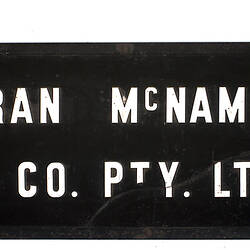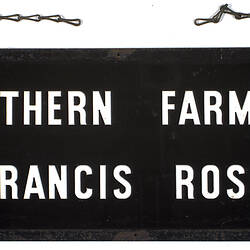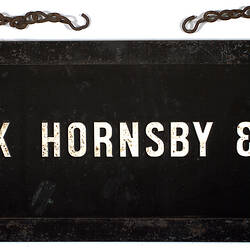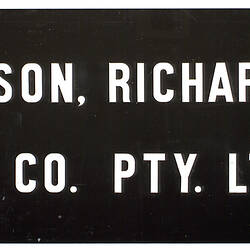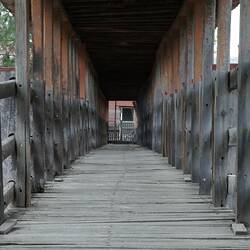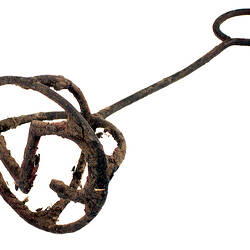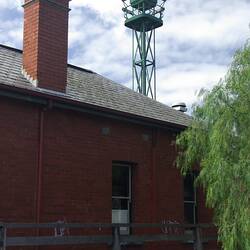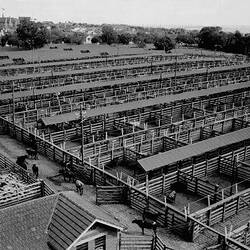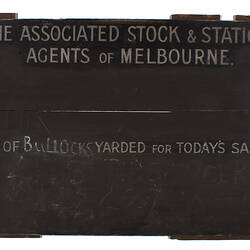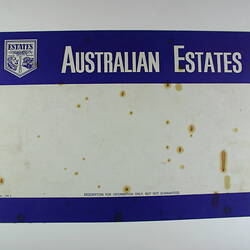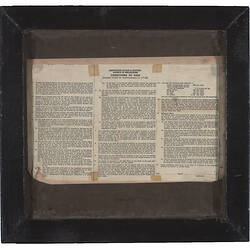The number of stock and station agents that operated at Newmarket varied widely from year to year. Over the years small, personalised stock and station agencies bowed to pressure from larger firms and were taken over. From the original seventeen agents operating when Newmarket Saleyards officially opened in 1861, there grew to be thirty-nine operating agents in November 1914. By the time the Newmarket closure was announced in 1985 there were only twelve companies operating, represented the surviving associated stock and station agents of Melbourne. Six carried original business names: Dalgety Farmers, Elders Pastoral, Victorian Producers Co-Operative, Gippsland and Northern Co-Operative Co., Quiney Mawbey, and Challenge Mercantile Fisken Read. The remaining six included principals and staff from many long-serving organisations of the industry: Brian Rodwell & Co., Webster Richardson and Gillespie, Crowe and Plaisted, Pat O'Connell Livestock, Mick Hornsby & Co., and Keiran McNamara & Co.
The daily order of sale of sheep, lambs, bullocks, calves, cows, store sheep and cattle by agents at Newmarket was decided by a draw. The draw was made in the office of the Newmarket Stock and Station Agents of Melbourne at the City Council's administration block on the Monday before the week's sale. The draw was made from a cylindrical wooden barrel, holding up to forty-three marble-sized pine balls which were placed inside. The numbered balls were drawn separately, each number denoting an agent's order of sale.
References:
Vincent, K. 1992, On the fall of the hammer : a personal history of Newmarket saleyards, Lee White ed, State Library of Victoria, Melbourne.
More Information
-
Keywords
agricultural industry, city & town life, country life, Working Lives
-
Authors
-
Article types

